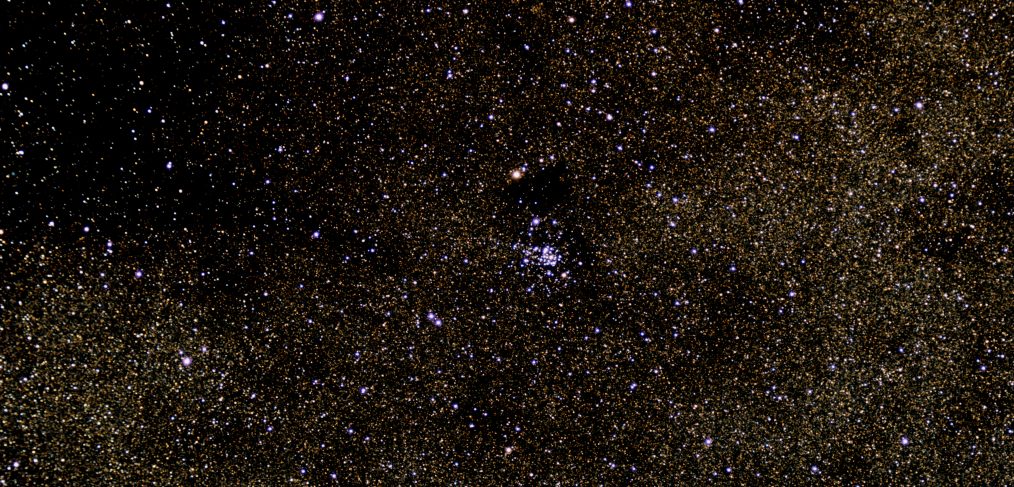Why do stars twinkle? When we look directly upwards at the stars from sea-level, we are looking through 60 miles of air. When we direct our gaze horizontally and see the twinkling stars we are looking through 700 miles of air. Stars twinkle, glitter, dance about and change color fiercely from the effect of the… Continue Reading Twinkle, Twinkle Little Star
The top 10 elements in abundance in the Universe are: Hydrogen, Helium, Oxygen, Neon, Nitrogen, Carbon, Silicon, Magnesium, Iron and Sulfur. The most abundant compound in the Universe is H20 Water. Hydroxyl OH is also highly abundant. Oxides of the top ten elements also have high abundance. When illuminated by Ultra Violet light, all elements… Continue Reading Astronomers View the Universe through Spectra Colored Glass
From Planet to Dwarf Planet then Kuiper Belt Object Pluto, since originally being deemed a Planet in 1930 by Clyde Tombaugh, our conception of the Solar System has continually evolved. In 2006, a new definition of “Planet” was adopted and Pluto was relegated to Dwarf Planet status. Beginning in 1992, many other objects beyond Neptune… Continue Reading Pluto
Distances in Space Space is vast and to try and measure it we must use distance measurement units unfamiliar on Earth. Astronomers decided to use the speed of light as the basic unit of measure since it is a universal constant: 186,282 miles (~300,000 km) per second in a vacuum. That would put the Moon… Continue Reading Cosmic Distance Ladder
The Moon moves about 13 degrees per day to the east The Moon orbits the Earth in 27.32 days. The result is that it rises about 50 minutes later each day. The Moon is a poor reference point for stars and planets in the sky as it moves quite far each day. The Moon will… Continue Reading The Moon
Saturn viewing season has begun for 2015 Saturn rises early in the evening and rides high in the sky by midnight. Saturn is the farthest planet visible to the casual astronomer with no telescope looking like a bright yellowish star at +0.1 magnitude at the western end of Scorpius. It is over 893 million miles… Continue Reading Saturn Viewing Season
Origin of the name Betelgeuse Betelgeux, Bectelgeuze, Betelgeuse–over time the name has morphed. Sleuthing through history, the origin of the name is fraught with mistranslations from the original Arabic. A logical choice would be “Bait al Jauza”. The House “bait” of the Central One “Al Jauza”. The western most star of the belt of Orion… Continue Reading Betelgeux, Bectelgeuze, Betelgeuse
The Dog Days of Summer The word Sirius is Latin for “scorching” derived from the Greek name. From Cairo, in August, the Sun is about 15 degrees north of the equator and Sirius is 15 degrees south of the equator. The heliacal rising of Sirius, namely the day it becomes visible just before sunrise after moving far… Continue Reading Sirius the Dog Star








